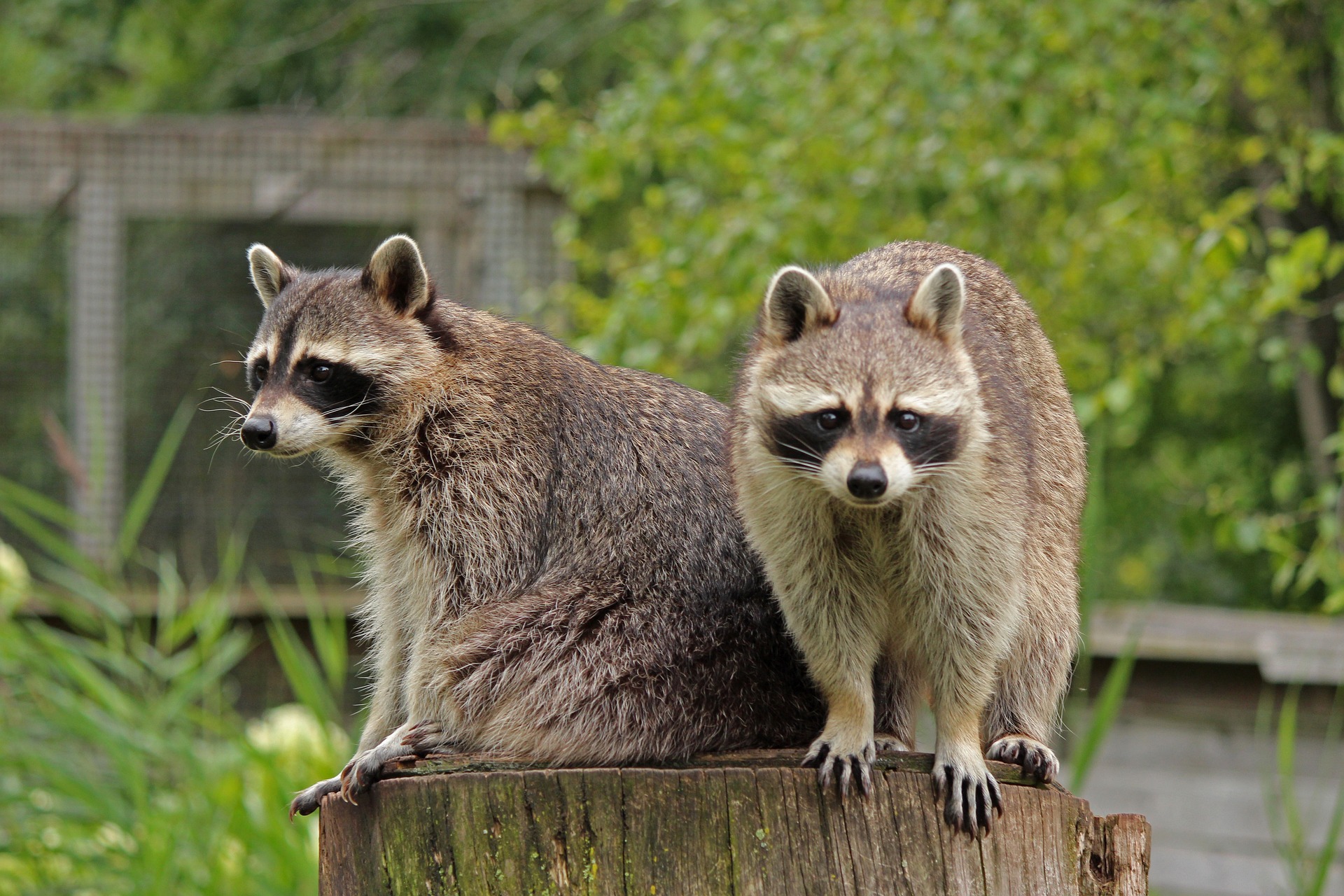As more and more wild lands give way to tracts of suburban homes, more and more wild creatures that once called those lands home are finding themselves with nowhere else to go. From bears invading the backyards of suburbia to deer crashing through suburban fences and urban storefronts, clashes between humans and wildlife are becoming increasingly common.
Nowhere is this clash of cultures more evident than in the increasing number of raccoons that have been making their way into rural areas, suburban housing developments, and even city centers. In order to understand why this is happening, it is important to understand the many pressures these creatures are under. When we see things from the raccoon’s point of view it becomes easier to understand why they are coming to town. Just consider some of the problems facing raccoons in the modern world.
Habitat destruction – only a few decades ago there was an abundance of wildland and plenty of room for these lovely creatures to catch fish, raise their young, run and play. As more and more of those wild and shave disappeared, the wild animals that once called those lands home have been left with no place to go. The places they now inhabit – suburban tract homes or city restaurants – once belonged to them.
A changing climate – climate change has caused disruption for virtually every animal on the planet, and the raccoon is no exception. The changing temperature of their habitat has caused many behavioral changes, and the impact of climate change is only expected to increase.
Changes in human habits – as humans have moved to what once was wilderness they have brought their habits with them. Many homeowners are unwittingly making their homes more attractive to raccoons, deer, bears, and other wildlife by leaving unsecured garbage cans lying around and disposing of waste in a careless manner. It is easy to see why-from the raccoon’s point of view at least – the suburbs are so irresistible.
So before you blame the raccoons for the clash of nature versus civilization, keep in mind that the lands we now inhabit once belonged only to wildlife. This understanding should lead to greater tolerance and a greater appreciation for these beautiful and gentle creatures.

